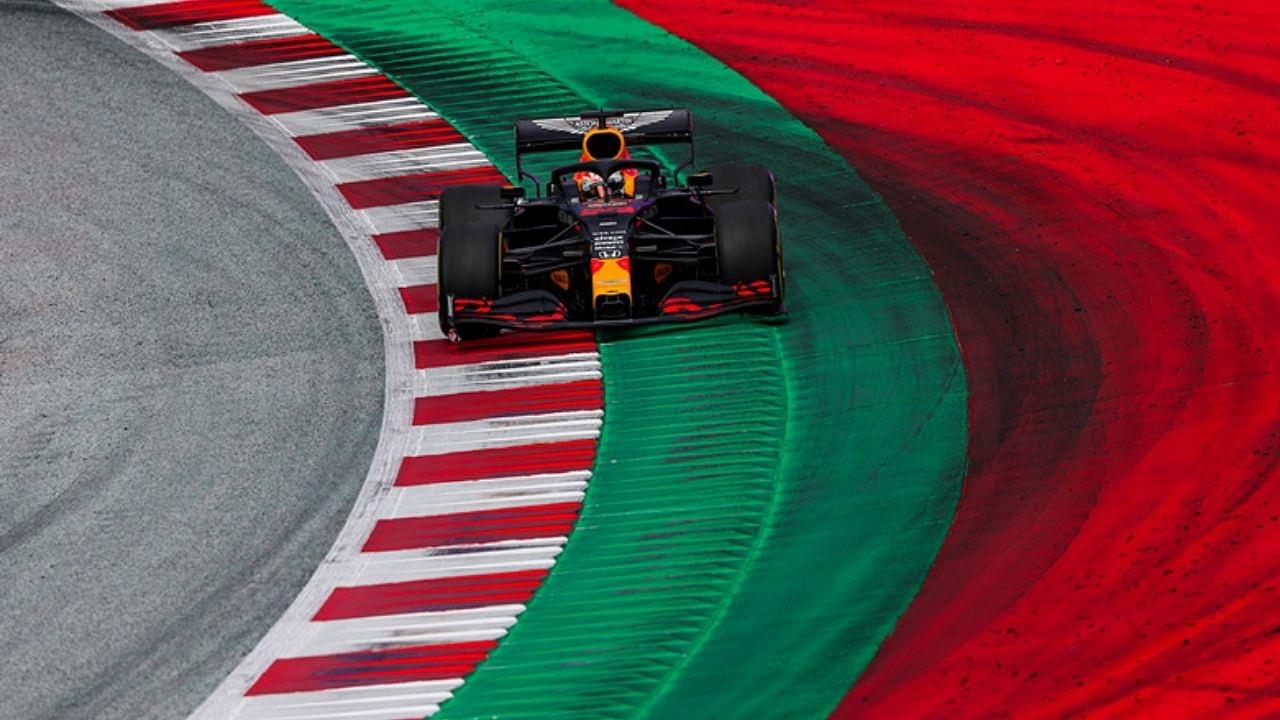Track Limits F1 : What are the contentious track limits regulations in Formula 1, and how is it enforced by the FIA?
Track limits have become the talking point of this season, with the main challenger Max Verstappen suffering the most. So what exactly are the track limits, and what are the FIA regulations for it? Let’s find out.
What are the F1 track limits?
Track limits are the boundary between the racing track and runoff portion that a driver can drive on and the area beyond which they aren’t permitted to. Track limits are enforced to prevent a racer from gaining an unfair advantage during the race or qualifying session.
A white line is generally used to trace the track limits, along the exterior of kerbs. Kerbs are used as a deterrent for drivers to violate the track limits.
Track limits.
The problem, as I’ve always seen it, is that the second you make allowances, you create the opportunity for confusion and inconsistency.
All four wheels over the line is either permitted or its not.
It needs to be black and white.
You can’t be half pregnant.
— Will Buxton (@wbuxtonofficial) March 28, 2021
Track limits regulations in Formula 1’s Sporting Regulations
Track limits find a mention in the Section 21 and Article 27.3 of F1’s Sporting Regulations. While Section 1 is enforced for the practice and qualifying session, Article 27.3 is relevant when drivers gain an advantage in racing mode.
Section 21
A lap time achieved during any practice session by leaving the track and cutting behind the red and white kerb on the exit of Turn 4, will result in that lap time being invalidated by the stewards.
Article 27.3
Drivers must make every reasonable effort to use the track at all times and may not leave the track without a justifiable reason. At the absolute discretion of the Race Director a driver may be given the opportunity to give back the whole of any advantage he gained by leaving the track.




